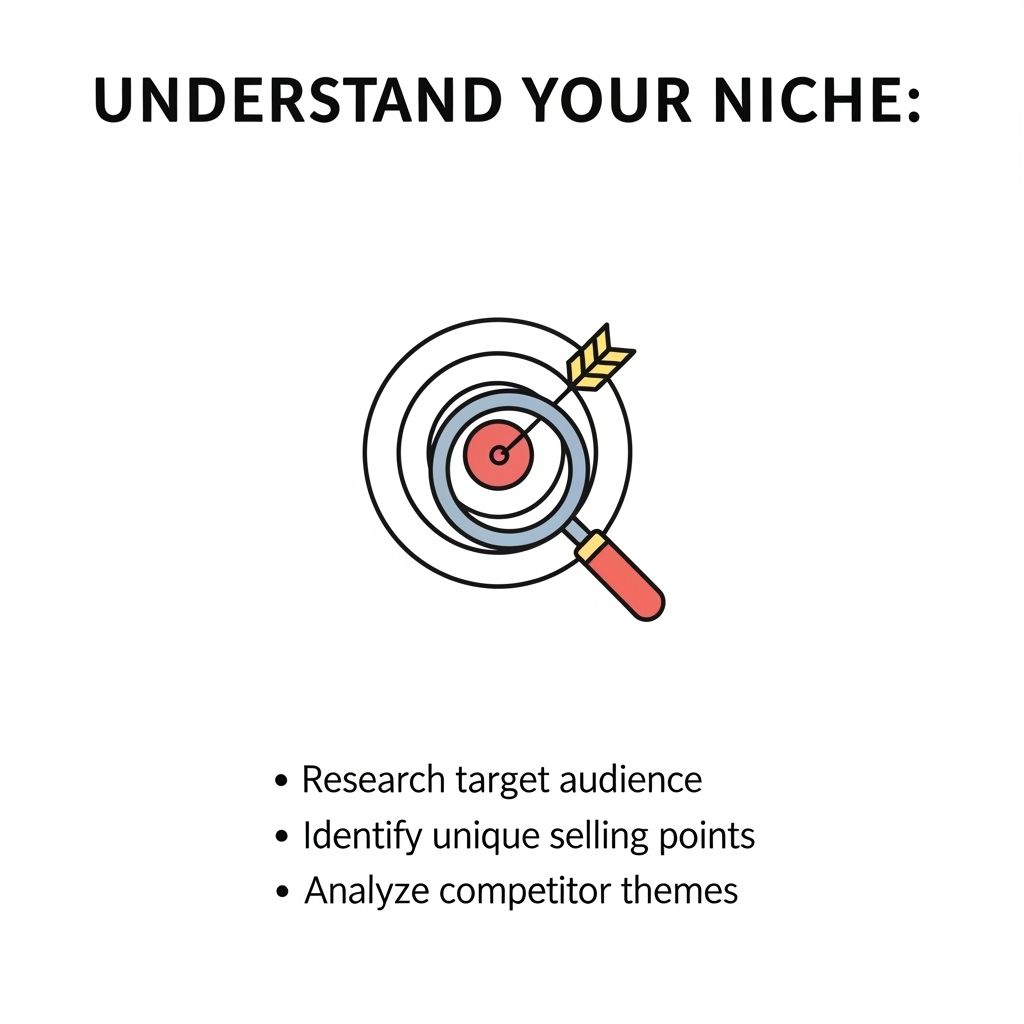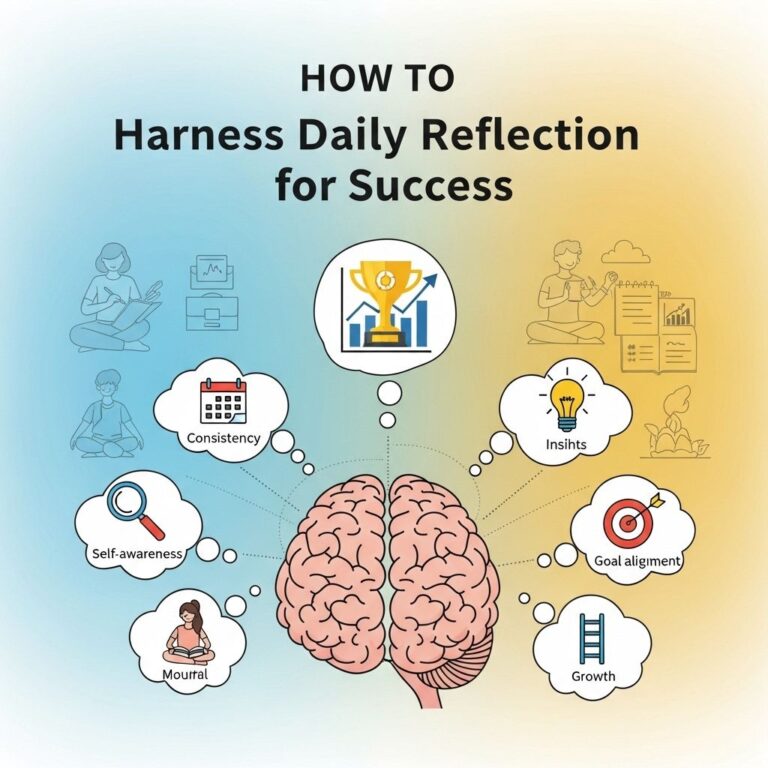Creating a website theme that sells is a combination of design finesse, strategic marketing, and understanding your audience’s needs. In a competitive online market, the right theme can differentiate your offerings and appeal to potential customers. This article will guide you through the essential steps to develop a visually appealing and commercially viable website theme.
Table of Contents
Understanding Your Target Audience
The first step in building a website theme that sells is identifying your target audience. Knowing who your potential users are can significantly influence your design choices and feature set.
Key Demographics to Consider
- Age: Different age groups have varying preferences in design and functionality.
- Industry: The theme might differ if you’re targeting e-commerce, blogging, or corporate websites.
- Technical Skill Level: Some audiences may prefer simple, user-friendly themes, while others may require more complex functionalities.
Researching Market Trends
Once you have a solid understanding of your target audience, it’s crucial to explore current market trends. This ensures that your theme aligns with what is popular and in demand.
Methods for Market Research
- Analyze Competitors: Look at successful themes in your niche. What features do they offer? How are they marketed?
- Use Analytics Tools: Tools like Google Trends can help identify what users are searching for in website themes.
- Engage with Communities: Forums, social media groups, and design communities can provide valuable insights into user preferences.
Essential Features of a High-Selling Theme
To create a theme that resonates with users, consider incorporating these essential features:
1. Responsive Design
With an increasing number of users accessing websites via mobile devices, a responsive design is critical. Ensure that your theme looks great on both desktops and smartphones.
2. Customization Options
Offering users the ability to customize their themes can be a major selling point:
- Color schemes
- Fonts
- Layout options
3. SEO Optimization
An SEO-friendly theme can help your users rank better in search engines, increasing their visibility and attracting more traffic.
4. Fast Loading Speed
Website speed is crucial for user experience and SEO. Optimize your theme to ensure quick loading times.
5. Compatibility with Popular Plugins
Make sure your theme works seamlessly with popular plugins such as:
- WooCommerce
- Yoast SEO
- Contact Form 7
Designing the UI/UX
The user interface (UI) and user experience (UX) should focus on simplicity and usability. Here are some design tips:
Color Schemes and Typography
Choose color palettes that resonate with your audience and ensure your typography is readable across all devices. A consistent color scheme and typography enhance brand identity.
Navigation Structure
A clear and intuitive navigation structure is vital for an effective user experience. Consider using a mega menu for larger themes with many options.
Creating a Demo and Documentation
Providing a demo of your theme allows potential buyers to explore its features firsthand. Additionally, comprehensive documentation is essential for user support.
Demo Features
- Live Preview of All Features
- Interactive Elements to Test Functionality
Documentation Elements
- Installation Guide
- Feature Descriptions
- Troubleshooting Tips
Marketing Your Theme
Once your theme is developed, the next step is to market it effectively to reach your target audience.
Strategies for Effective Marketing
- Social Media Promotion: Use platforms like Instagram, Facebook, and LinkedIn to showcase your theme’s features and visuals.
- Content Marketing: Start a blog or create video tutorials that guide users on how to use your theme.
- Email Campaigns: Build an email list and keep your audience informed about new features and updates.
Pricing Strategy
Your pricing strategy can greatly affect your theme’s sales. Here are some considerations:
Types of Pricing
| Pricing Type | Description |
|---|---|
| Flat Fee | A one-time fee for lifetime access to the theme. |
| Subscription-Based | Recurring fees for continued access and support. |
Feedback and Iteration
After launch, actively seek feedback from users. Use their insights to iterate on your theme and make improvements. A theme that evolves based on user needs is more likely to succeed over time.
Collecting Feedback
- Surveys
- User Reviews
- Support Tickets
Conclusion
Building a website theme that sells requires a deep understanding of your audience, strategic design decisions, and effective marketing strategies. By focusing on essential features and continuously iterating based on user feedback, you can create a theme that not only looks great but also meets the needs of your potential customers.
FAQ
What are the key elements of a successful website theme?
A successful website theme should include a clean design, mobile responsiveness, easy navigation, fast loading times, and SEO optimization.
How can I ensure my website theme is user-friendly?
To ensure your website theme is user-friendly, focus on intuitive navigation, clear calls to action, and a layout that guides users through the content seamlessly.
What role does SEO play in a website theme?
SEO plays a crucial role in a website theme as it helps improve visibility on search engines, attracts organic traffic, and enhances user experience through optimized content.
How can I make my website theme visually appealing?
To make your website theme visually appealing, use high-quality images, a cohesive color palette, consistent typography, and ample white space to create a balanced layout.
What are some popular platforms for building website themes?
Popular platforms for building website themes include WordPress, Shopify, Wix, and Squarespace, each offering customizable options to suit various needs.
How do I test the effectiveness of my website theme?
You can test the effectiveness of your website theme by analyzing user engagement metrics, conducting A/B testing, and gathering feedback through surveys and analytics tools.









